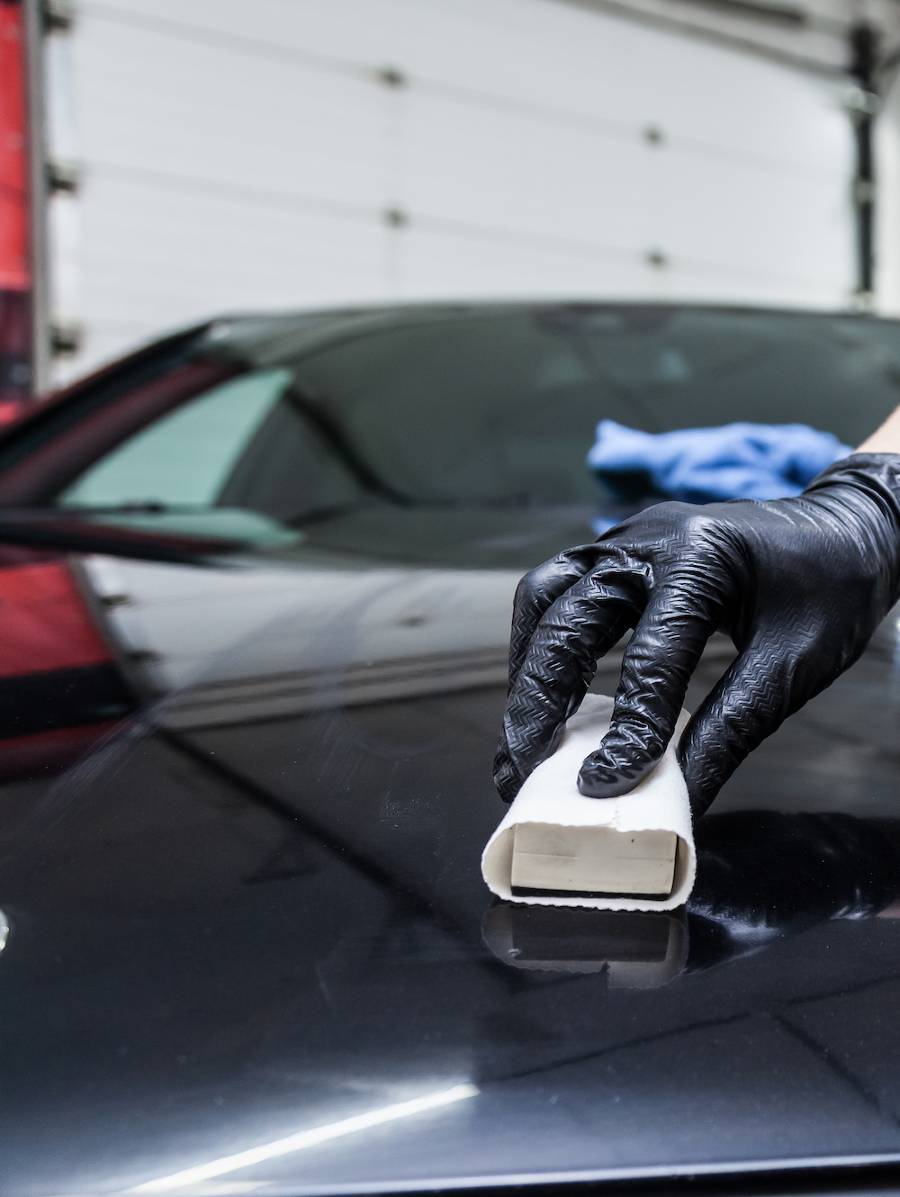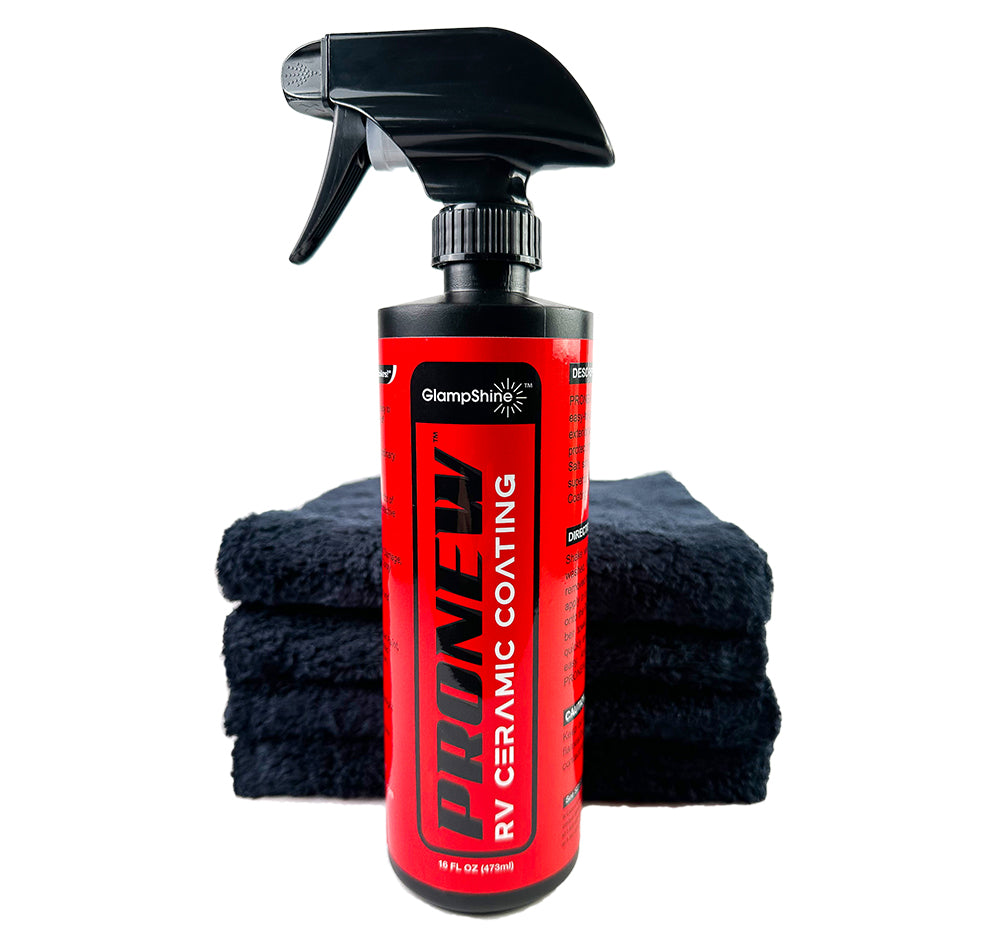Frequently Asked Questions Regarding Ceramic Coating Philadelphia Services Answered
Frequently Asked Questions Regarding Ceramic Coating Philadelphia Services Answered
Blog Article
Why Ceramic Coating Is the Ultimate Option for a Remarkable Finish
Ceramic covering has actually become a leading service for those looking for a remarkable finish for their automobiles, many thanks to its impressive sturdiness and safety features. This sophisticated liquid polymer not only bonds effortlessly with factory paint but also uses an awesome obstacle against usual hazards such as scrapes, UV rays, and ecological contaminants. Additionally, its hydrophobic buildings streamline upkeep while improving aesthetic allure. Recognizing just how this innovation compares to typical approaches and discovering its application nuances can expose also a lot more about its value. What aspects truly established ceramic finish apart?
What Is Ceramic Coating?

When used correctly, ceramic finishing produces a hydrophobic surface area that fends off water and dirt, making it less complicated to keep and clean up. Unlike conventional waxes or sealants, which commonly offer short-term security, ceramic finishes can last for several years, relying on the product quality and application approach. The procedure of applying ceramic finish requires careful preparation, including thorough cleansing and sometimes paint modification, to ensure optimum bonding and performance.
Ceramic coverings are not restricted to vehicle surfaces; they can also be utilized on various materials, including glass, metal, and plastics, providing a functional remedy for boosting protection. On the whole, ceramic finish stands for a considerable innovation in surface defense modern technology, combining both visual and useful benefits for a vast array of applications.
Advantages of Ceramic Finish
While many surface protection alternatives exist, the benefits of ceramic layer stand apart because of its special residential properties and resilient efficiency. One of the primary advantages is its remarkable durability. Ceramic Coating Philadelphia. Unlike traditional wax or sealers that require frequent reapplication, ceramic coatings give a resistant layer that can last for several years, considerably reducing maintenance initiatives
An additional notable advantage is boosted security versus ecological impurities. Ceramic layers develop a hydrophobic surface area that fends off water, dust, and numerous pollutants, making it easier to clean. This function not only maintains the automobile's appearance but likewise decreases the threat of rust and oxidation, especially in rough weather.
Additionally, ceramic coatings offer superior resistance to UV rays, stopping fading and destruction of paint with time. This UV security is essential for keeping the visual worth of surface areas and cars revealed to route sunlight.
Furthermore, the glossy coating accomplished with ceramic finishing enhances the overall aesthetic allure, giving surface areas a showroom-quality shine. In general, ceramic finishes stand for a substantial innovation in surface defense modern technology, giving enduring benefits that satisfy both aesthetic and practical requirements.
How It Functions
Comprehending the scientific research behind ceramic coatings exposes how they provide such remarkable protection and long life. At its core, a ceramic finishing is a liquid polymer that chemically bonds with the automobile's factory paint. This bonding creates a safety layer that is both hydrophobic and oleophobic, repelling water, dust, and oil. The primary part of many ceramic coverings is silicon dioxide (SiO2), which is obtained from quartz. This compound contributes to the finish's hardness and resistance to scratches, UV rays, and ecological contaminants.
The application procedure includes multiple actions, consisting of surface area check this site out preparation, which is vital to attaining optimal bond. When applied, the finish goes through a healing process, throughout which it sets and creates a semi-permanent bond with the paint surface area. This bond is what differentiates ceramic finishings from typical waxes and sealants, providing a longer-lasting protective obstacle that can endure for many years.
Moreover, the thickness of the finishing can boost its safety top qualities, making sure that it can hold up against rough problems. Ultimately, the science of ceramic layers incorporates innovative materials with cutting-edge application strategies to supply an unparalleled level of protection and aesthetic enhancement for lorries.
Comparison With Standard Techniques
When contrasted to typical paint protection techniques such as waxes and sealers,The advantages of ceramic coatings end up being particularly evident. While waxes offer a short-lived luster, usually lasting a couple of weeks next page to a number of months, ceramic finishes offer a durable safety layer that can sustain for a number of years. This toughness considerably minimizes the regularity of reapplication, making ceramic layers a much more cost-effective remedy gradually.
Furthermore, conventional methods usually require extensive preparation and several applications to achieve a satisfactory level of protection. On the other hand, ceramic layers bond at a molecular degree with the vehicle's surface, creating a durable guard against ecological impurities like UV rays, acid rain, and roadway salts. This bond boosts the car's resistance to scratches and swirl marks, which prevail with standard waxes and sealants.
Moreover, the hydrophobic properties of ceramic finishings repel water and dirt, causing easier cleaning and maintenance. On the other hand, wax and sealant-treated surfaces can attract gunk, requiring more frequent washing - Ceramic Coating Philadelphia. Overall, ceramic coatings not only provide premium security but additionally supply a much more visually enticing and long-lasting finish, establishing them as the recommended choice for critical car proprietors
Application and Upkeep Tips

Making use of a foam applicator, apply the coating in small areas, complying with the producer's standards concerning thickness and overlap. Permit sufficient curing time between coats, usually 24 hours, to make sure appropriate bonding. After application, it is important to avoid exposure to water or severe components for at the very least a week to allow the layer to totally cure.
For upkeep, wash the lorry consistently with pH-balanced soaps and prevent abrasive products. Touchless car laundries are advised to reduce damaging. In addition, using a check this ceramic upkeep spray can improve the finishing's hydrophobic buildings and longevity. Routine assessments for any kind of signs of wear will assist preserve the finishing's stability and preserve that beautiful surface.
Verdict
Finally, ceramic finish arises as a superior choice for attaining a perfect automobile coating. Its exceptional resilience, safety top qualities, and hydrophobic buildings considerably enhance the lorry's look while simplifying upkeep efforts. By creating a durable bond with factory paint, ceramic covering effectively shields versus scrapes, UV rays, and ecological impurities. With a life expectancy prolonging numerous years, this advanced solution not only protects however likewise raises the general aesthetic allure of cars, making it an affordable financial investment for automobile fanatics.

Report this page